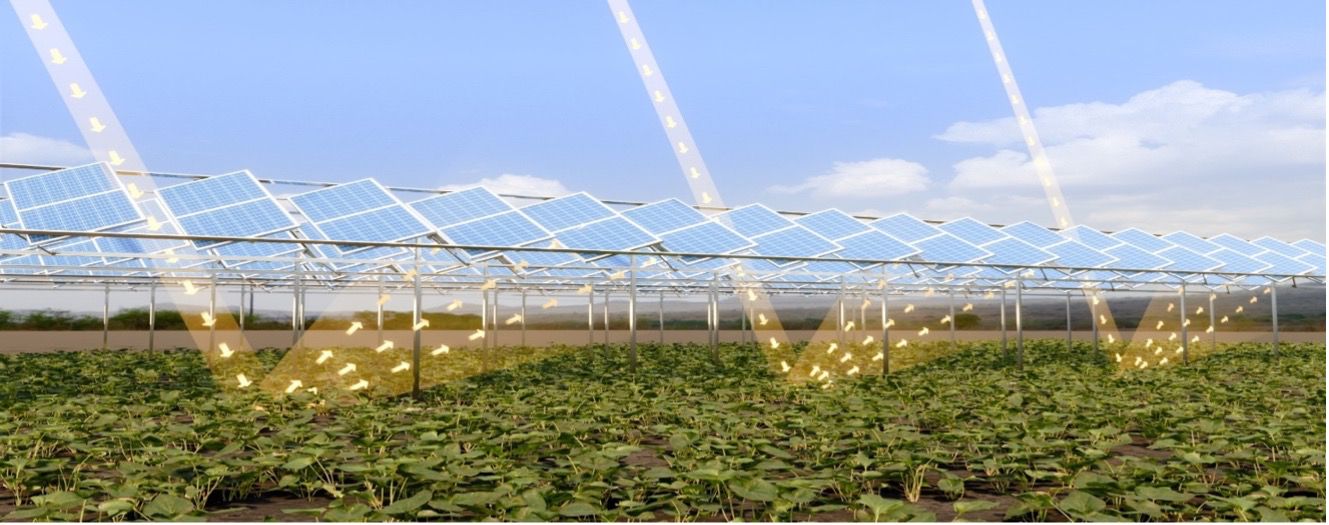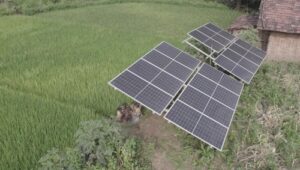New Delhi based Asun Trackers, with the help of The Indian Institute of Technology Delhi (IIT Delhi), has developed a two-axis solar tracker that offers yield increase of two to three times over conventional horizontal single-axis trackers (depending upon geographical location), which compares well with that of a dual-axis design but at a significantly lower capital cost.
The live yield data collected by Asun Trackers team from a location in northern India showed the negative yield of single-axis tracker over fixed-tilt during winter solstice and equinox periods.
The Asun 2-axis tracker showed an exponential yield of 20% over the fixed-tilt, against an incremental yield of just 7% with single-axis tracker, in an analysis of the real-time data collected for the crucial periods (winter solstice and equinox period) from a single location.
“Ideally, the yield from the tracker should be positive during all seasons of the year. It should not give negative or less yield during winter solstice period or during vernal and autumnal equinoxes in any location on the globe. The 2-axis tracker developed by Asun Trackers addresses the shortcomings of the conventional horizontal single-axis tracker design by providing continuous seasonal movement along the north-south axis, in addition to daily east-west movement, thus tracking the sun optimally at all times.” says Varun Sachar, managing director, Asun Trackers
Further, its modular and de-centralized design optimizes the structure weight, leading to a direct reduction in capital cost while offering a higher availability than prevalent single or dual-axis designs.
The tracker is also designed for higher terrain adaptability with self-lubricating bushes to minimize the maintenance cost, and a modular design for easy installation, decentralized arrays and compliance to wind safety norms.
Asun tracker also offers 2 variants of the design, namely, tilted single axis as well as a horizontal single axis configuration, in addition to the 2-axis design to meet varied project specific requirements.
The Asun Trackers team intends to pitch the solution to those developers who are already considering either a single-axis tracker or a fixed-tilt installation with seasonal tilt. “In both these scenarios, we are prepared to present project economics from an IRR perspective backed with site-specific simulated yield analysis,” said Varun Sachar.
“Our Technology Helps Developers Improve On Their CUF By Not Overloading Their Plant On The DC Side With Existing MMS” Varun Sachar, Founder & CEO, Asun Trackers
With falling solar power tariffs all over the world, the developers and investors have only one option, to bring about operational and cost efficiencies in their plants. Which includes improving their LCoE and increasing their project IRRs. Our technology helps the developers achieve exactly that. They can improve on their CUF by not overloading their plant on the DC side (which adds to the cost by increasing the number of panels and BoS).
Effective Across a Wider Band of Locations
Asun 2-Axis Tracker is effective at all locations on the globe between the Arctic and Antarctic circles, whereas the existing single-axis tracker is only effective at locations close to the equator.
Bifacial Module usage
The innovative design of Asun Tracker also offer greater efficiency with bi-facial modules as compared to any other design owing to its spaced panel array configuration, that allows for more sunlight to bounce off the ground and onto the bi-facial modules. This also enables capturing of radiation reflected from panel to the next.
Agri-voltaic application
Similarly, in agri-voltaic applications the Asun Tracker offers greater choice as well as yield from crops, because it’s design allows for more sunlight, distributed evenly through the day for the crops below, while minimizing permanent shadow areas. At the same time it aids better moisture retention in soil. Thus more sunlight intensive crops can also be chosen with Asun agri-voltaic models.
Higher yield with lower investment and improved IRR?
While designing the 2-Axis Tracker we kept the weight of the steel structure similar to a single axis tracker with an average yield parity at 2.5:1 across the globe (the yield parity will be lesser close to the equator and higher above the Tropic of Cancer and below the Tropic of Capricorn.








